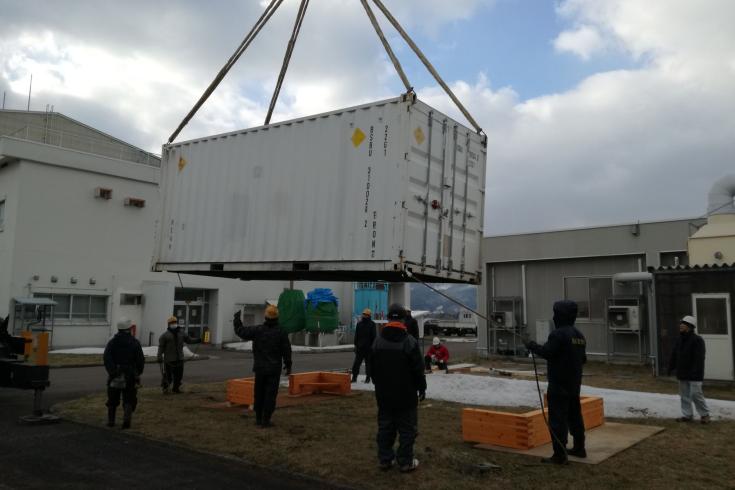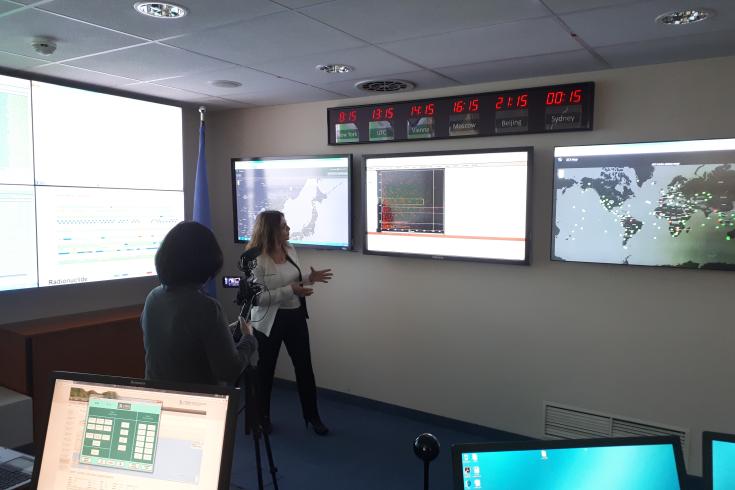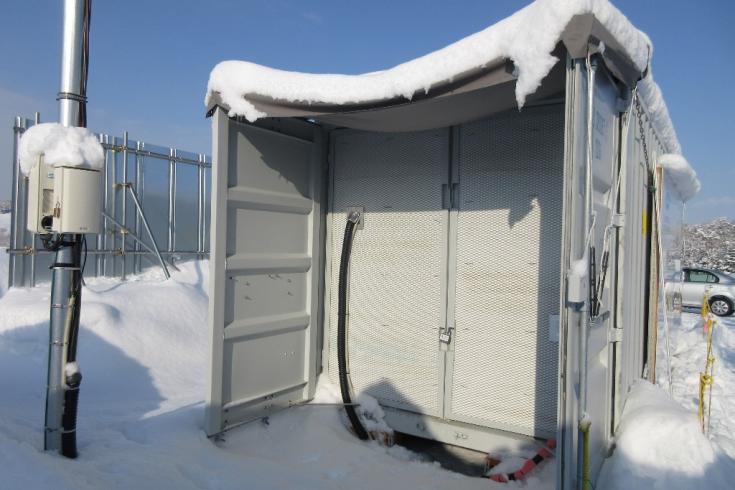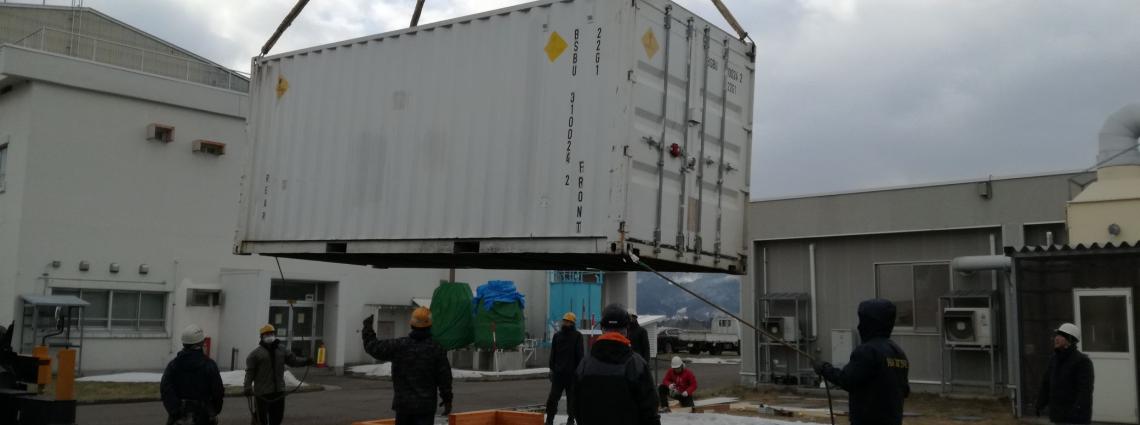Transportable radioxenon systems (TXLs) enhance the CTBTO’s radionuclide monitoring technology in Japan
In February 2017, the Government of Japan made a voluntary contribution of US$ 2.43 million to the Comprehensive Nuclear-Test-Ban Treaty Organization (CTBTO), to further enhance and refine its verification abilities to detect nuclear explosions anywhere on the planet. This generous contribution will enable more effective use of the International Monitoring System’s capacity to monitor the air for radioactive isotopes of the noble gas xenon – radioxenon – the “smoking gun” evidence of whether a nuclear test explosion has occurred.
The contribution—the largest ever voluntary contribution by Japan—was specifically made to: 1) procure and deploy a mobile noble gas detection system measuring radioxenon in the atmosphere; 2) conduct measurements of background levels of radioxenon; 3) contribute to software development through testing and integration. Studying the radioxenon background will allow CTBTO Analysts to identify suspicious detections more accurately as this source in low concentration even occurs naturally.
The contribution supports two transportable radioxenon detection systems (TXLs) in Japan. TXL-3 has arrived at Horonobe, Japan and is about to start a two-year campaign. TXL-2 was previously purchased with support from the European Union, and will be operated for one year in Mutsu, Japan.


I sincerely appreciate the efforts by the Japanese government, the Horonobe town government and Japan Atomic Energy Agency (JAEA) to install the TXL in Horonobe -- even during heavy snow fall! It was delivered on time, with data now flowing into CTBTO headquarters in Vienna. This observation point will contribute to enhancing our event detection.
TXL-2, TXL-3 and JPX38 (noble gas system at Takasaki, Japan) together with RUX58 (radionuclide station at Ussuriysk, Russian Federation) form a regional dense network of noble gas sensors. The North East Asian region is most suited for experimenting with noble gas systems at a higher density as the prevailing wind direction means all sources of radioactive noble gasses in Asia, as well as strong sources in Europe are covered.

Japan’s long-time commitment to end nuclear testing
Japan signed the Comprehensive Nuclear-Test-Ban Treaty (CTBT) the day it opened for signature on 24 September 1996, and ratified it less than a year later, on 8 July 1997. Japan was the fourth State to ratify the CTBT and the first of the nuclear-capable Annex 2 States to do so.
As part of the CTBT’s International Monitoring System to ensure no nuclear test goes undetected, Japan hosts six seismic, one infrasound and two radionuclide stations, as well as a radionuclide laboratory.
In addition to Japan’s substantial voluntary contributions over the years, the country is also the second largest contributor to the CTBTO’s regular budget, after the United States. In December 2013, Japan made a voluntary contribution of USD $455,000 towards the enhancement of the verification system and to support activities of the Group of Eminent Persons (GEM). Weeks earlier Japan also made a voluntary contribution of USD $737,000 for the acquisition of high-performance computing hardware, enabling the CTBTO to track airborne radioactivity more accurately.
Spearheading international efforts in support of the Treaty’s entry into force, Japan, along with Kazakhstan, were the Co-Coordinators of the Article XIV process for the biennium 2015-2017.
